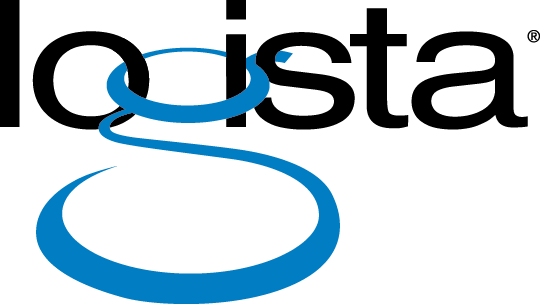In our ever-evolving digital landscape, businesses lean on technology more than ever to keep things running smoothly and effectively. This makes it crucial for organizations to ensure their IT objectives are in harmony with their broader business goals. By doing this, they can experience a game-changing impact on decision-making, boosted efficiency, improved teamwork, fostered innovation, and better risk management. In this blog post, we’ll delve into the significance of aligning IT measurement with business goals and explore why it should be at the top of every organization’s priority list.

1. Clear Understanding of Objectives: Aligning IT measurement with business goals provides organizations with a clear understanding of what they need to achieve to support their strategic objectives. This helps IT teams prioritize their efforts, focus on the right initiatives, and allocate resources effectively.
2. Optimal Resource Allocation: IT departments often have limited resources, such as budgets, personnel, and time. Aligning IT measurement with business goals allows organizations to prioritize investments based on their value to the business. It ensures that resources are allocated to projects that have the highest impact on achieving business objectives.
3. Informed Decision-Making: Alignment enables decision-makers to make informed choices by providing accurate and relevant information. Objective data, such as key performance indicators (KPIs) reflecting business outcomes, help identify trends, forecast future needs, and mitigate risks, enabling effective decision-making.
4. Performance Monitoring and Improvement: Aligning IT measurement with business goals allows organizations to monitor and evaluate IT performance in relation to desired business outcomes. By tracking and analyzing relevant metrics, organizations can assess the effectiveness and efficiency of IT initiatives. This process facilitates timely course corrections, identifies areas for improvement, and optimizes IT operations to better support the business.

5. Demonstrating Value: Alignment enables IT departments to demonstrate the value they provide to the organization. By measuring and communicating the impact of IT initiatives on business outcomes, IT teams can showcase their contribution to revenue growth, cost savings, customer satisfaction, or other critical success factors. This helps build credibility and secure ongoing support from stakeholders.
6. Agility and Adaptability: Aligning IT measurement with business goals promotes agility and adaptability. By regularly evaluating and adjusting IT initiatives based on business needs, organizations can respond quickly to changes in the market, customer demands, or industry trends. This allows for a more flexible and dynamic IT strategy that drives innovation and competitive advantage.
Aligning IT measurement with business goals ensures that technology investments and IT efforts directly contribute to achieving desired business outcomes. It facilitates effective decision-making, resource allocation, performance monitoring, and demonstrates the value of IT to stakeholders. By aligning IT with the broader business strategy, organizations can drive growth, competitiveness, and long-term success.
About Logista Solutions
Logista Solutions is a nationally recognized leader in a broad range of technology management solutions. As one of the largest technology support providers in the U.S., Logista provides innovative and holistic solutions to help companies take control of their IT infrastructure and achieve better business outcomes. Popular services include Managed IT as a Service, VoIP and Unified Communications, Managed Print, Cloud Services and Asset Disposition.



